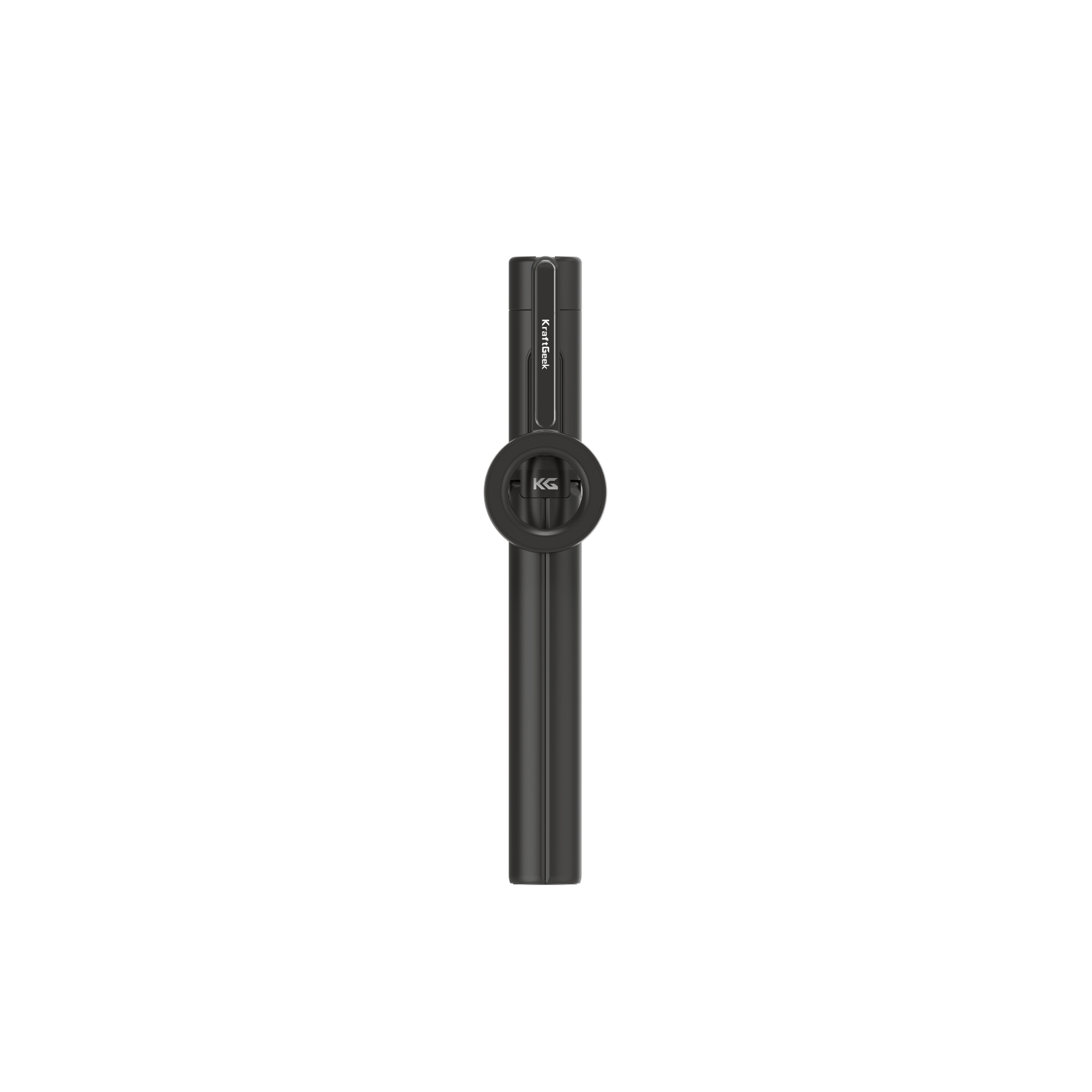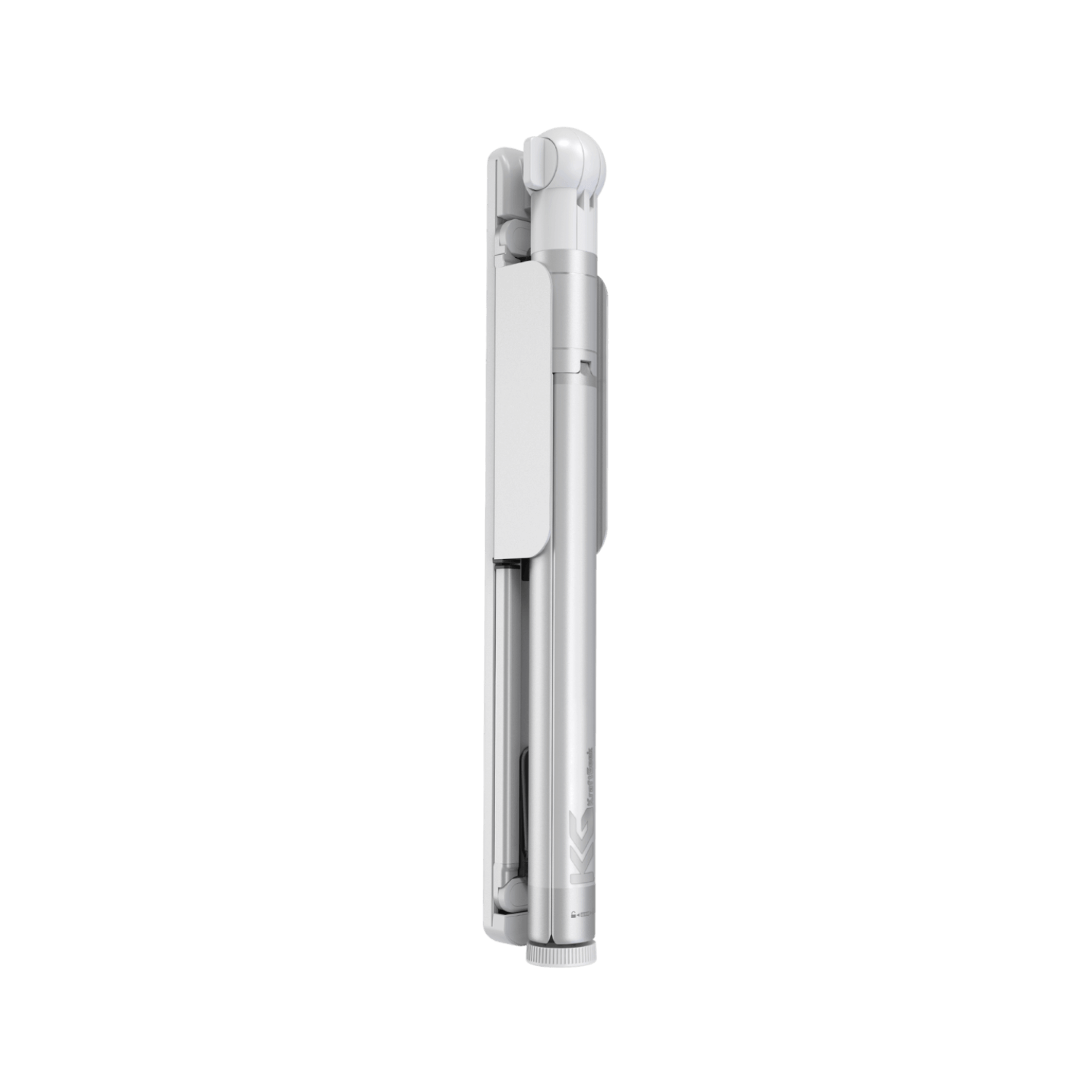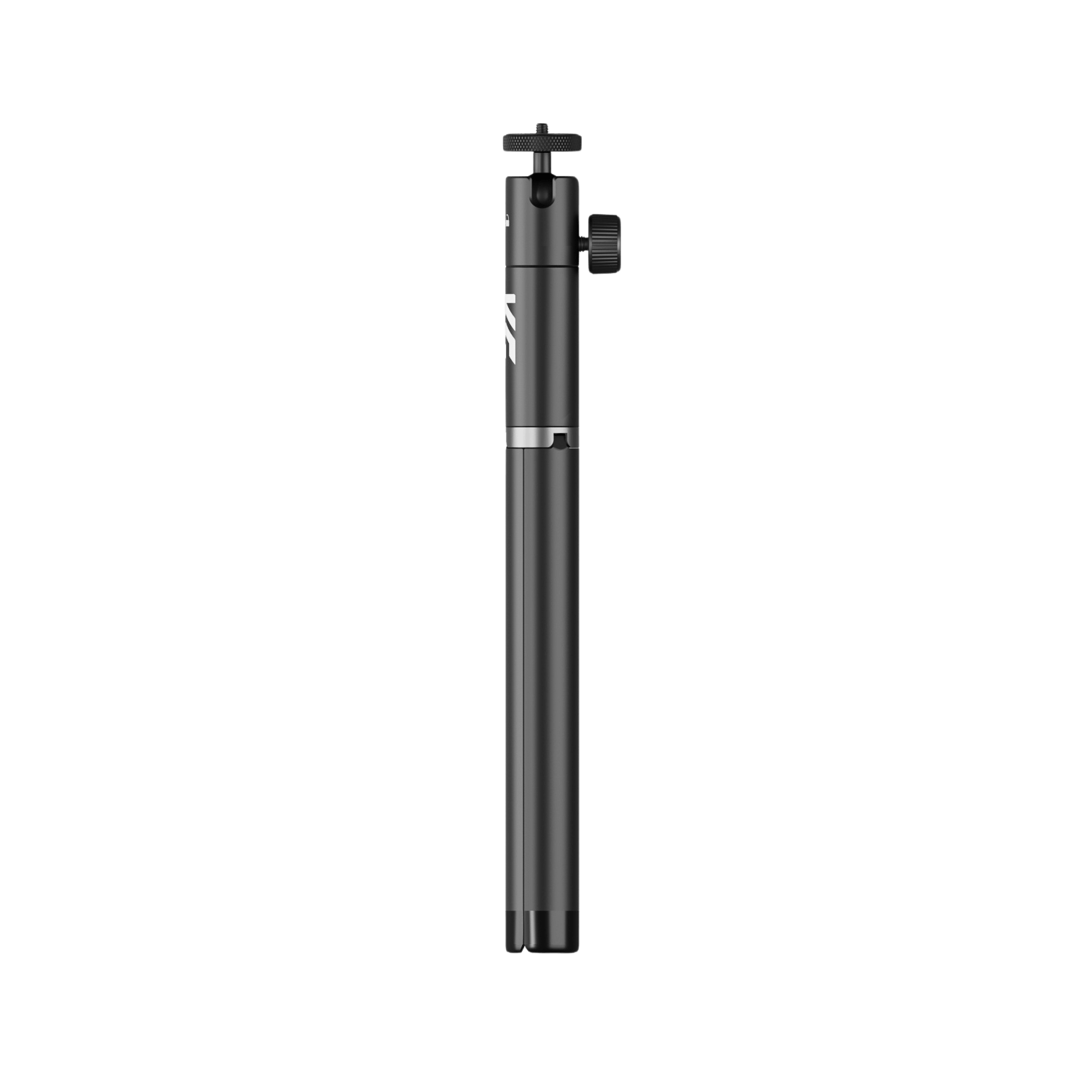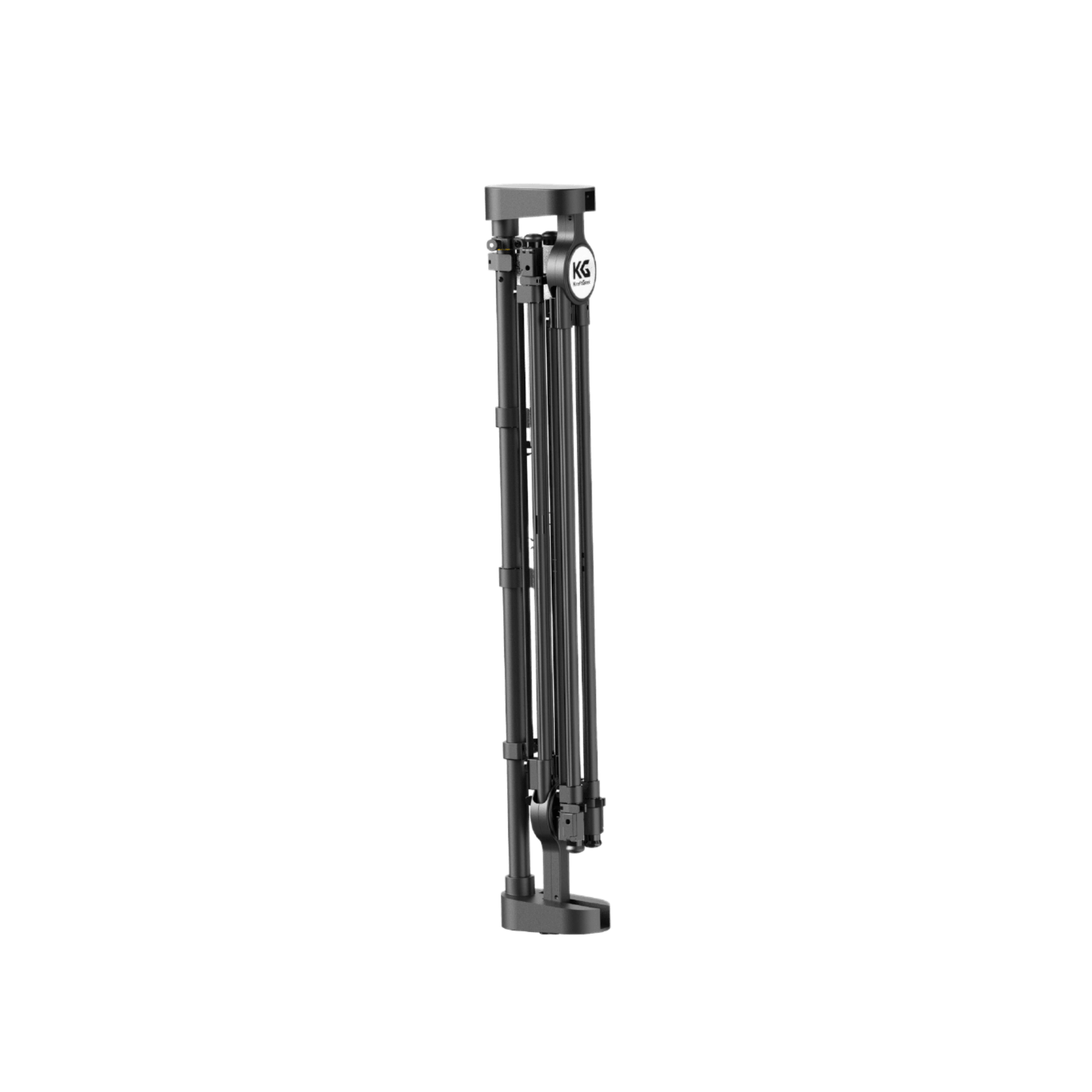A camera shot is a set of frames constantly captured and it plays a huge role in passing emotions, thoughts, and movements between scenes. It is the director’s stroke of the brush that paints a clear picture for the audience through its effective combinations of shot sizes, angles, and movement.
In this beginner’s guide to camera shots, the importance of shot sizes – that range from extreme wide shots to extreme close-ups and behind-studio secrets on shot framing focus methods and movement will be clearly revealed.
Mastering Shot Framing
The purposeful placement of elements in the camera’s field is an example of shot framing. It includes decisions as to how subjects and objects are positioned, the relative amounts of space they occupy, and overall shot composition.
Two important devices of the photographer’s or filmmaker’s toolbox for accurate shot framing are gimbals and tripods. Gimbals are motorized devices that allow filmmakers to produce dynamic shots without the jarring cinematography often associated with handheld camera setups.
On the contrary, tripods offer a steady and fixed foundation for the camera. They are indispensable when a static and composed shot is desired, ensuring minimal camera shake. Tripods are used for scenes that demand a controlled and deliberate composition, such as interviews, still shots, or instances where a fixed perspective is crucial.
Understanding Shot Sizes
The shot sizes are different ways of framing the subject matter within the camera frame, which is responsible for determining how big or small a subject takes in relation to that space. In the movie industry, different sizes of shots are used to evoke certain emotions and pass on information while creating interest.
Full Shot (FS)
Zooming in from the long shot, the full shot frames the subject from head to toe, filling the frame while maintaining emphasis on the surrounding scenery. This shot is often used to show several characters in one frame, giving a feeling of unity and belonging.
Medium Long Shot (MLS) or Medium Wide Shot (MWS)
It is this framing that strikes a balance between the full shot and medium shot of capturing the subject around knee level. It provides flexibility, which filmmakers can use to show the movements and expressions of a character with the overall scope.
Long Shot (LS) or Wide Shot (WS)
The long shot, slightly closer than the extreme long shot, encompasses the entire subject within the frame. Viewers are still provided with unusually large amounts of space over and under the subject, though most of her full body is visible. Perfect for portraying breathtaking vistas and highlighting the position of one person in a wider setting.
Extreme Wide Shot (EWS) / Extreme Long Shot (ELS)
This long shot is the type that places its subject in a large remote space emphasizing on grandiosity of the environment. Commonly used as a way to orientate the viewer or create an atmosphere of loneliness, this technique immortalizes the subject in relation to its setting.
Close-Up (CU)
Used for important moments, the close-up shot takes up any desired part occupying most of it is usually a person’s face. Enhancing the viewer’s involvement with a character, this close-up is excellent for highlighting subtle emotions and reactions.
Extreme Close-Up (ECU)
The extreme close-up focuses on micro elements like eyes, in the image of people or mouths and specific objects. Typically used for dramatic purposes, it focuses on the details that might otherwise be missed in wide shots.
Medium Close-Up Shot (MCU)
Getting in closer, the medium close-up captures from the chest up and thus draws more attention to facial details while still maintaining a bit of distance. Often used in scenes requiring emotional connection without sacrificing context.
Medium Shot (MS)
The medium shot is one of the most used and universal sizes since it frames a person from waist to torso level. Used perfectly for dialogue scenes, it shows a balanced view of the character and not only reveals facial expressions but also body language.
Cowboy Shot
Named for its prevalence in Westerns, the cowboy shot frames the subject from mid-thighs up, often emphasizing the holster or gun on the character's hip. This shot brings focus to a character's midsection, emphasizing their stance and accessories.
Types Of Camera Shot Focus
When a filmmaker manipulates the depth of field within any single shot, it’s called ‘shot focus’. This deliberate decision significantly affects the viewer’s attention, highlighting certain items or details while producing a dynamic game of visual space.
1. Rack Focus / Focus Pull
Executed by adjusting the focus during a shot, this technique transitions the viewer's attention between foreground and background subjects. It entails exact alignment in maintaining clarity of vision as the focus changes without hesitation.
2. Tilt-Shift
Utilizing a tilt-shift lens, this technique selectively blurs specific portions of the frame, mimicking the appearance of miniature models. It imparts a surreal and stylized aesthetic to the visuals.
3. Shallow Focus
Achieved by using a large aperture, shallow focus keeps a specific subject sharp while intentionally blurring the foreground and background. It limits the depth of field, creating a visually compelling and isolating effect.
4. Soft Focus
Soft focus intentionally introduces a slight blur to the entire frame, producing a diffused and gentle appearance. This can be achieved using specialized filters or post-production techniques.
5. Deep Focus
Contrary to shallow focus, deep focus aims to keep all elements within the frame in sharp focus. Achieved with a smaller aperture, this technique provides a comprehensive view of the scene, allowing viewers to absorb intricate details.
Different Types Of Shot Angles
Shot angles imply the location of a camera in relation to its subject or scene. The angle chosen is crucial, as it affects how the viewer takes in and responds to these images.
Shot angles seem to be a sort of silent language that quietly influences the audience on an emotional and narrative level. Most of the angles create different psychological effects and help to establish a particular mood in order to support story details.
- Low Angle Shot- Taken from a perspective below the subject, this view is looking up at them and usually gives some feeling of authority, power, or even intimidation. However, it can turn into an impression of dominance and larger-than-life tolerance which works best in hero shots.
- Eye Level Shot- Positioned at the eye level of the characters, this angle provides a neutral and relatable perspective. It fosters a connection between the audience and the characters, offering a natural and immersive viewpoint.
- Hip Level Shot- This angle provides an interesting and yet somewhat rare vantage point as it captures the scene from below the waist level of these characters. It can also serve to link the character and setting or provide visual intrigue through a unique frame.
- High Angle Shot- The low angle’s antipode, the high-angle shot is taken from above looking down at the subject. This position portrays the subject as being very insignificant, which in turn means weakness, helplessness, or defenselessness. It is often used to point out the setting or emphasize a character’s emotion.
- Dutch Angle Shot- The Dutch angle is obtained by tilting the camera and provides an ill-at-ease feeling or disorientation to a scene. It is usually used in times of suspense or chaos and helps the viewer intensify his experience.
- Shoulder-Level Shot- This angle, aimed at the shoulder height of characters looks good enough because gives a comfortable and familiar perception. It is versatile, ideal for dialogue scenes, and enables the audience to enjoy the natural flow of visuals.
- Bird's-Eye-View Shot/Overhead Shot- Since this angle was filmed from a location above the scenario, it allows for an overall view of the surroundings. It is excellent for establishing spatial relationships and showcasing intricate details, offering a sense of omniscience.
- Knee Level Shot- This angle, situated at knee height, provides a grounded and stable perspective. It is often employed for scenes that require a balanced and unobtrusive viewpoint, contributing to the overall composition without overpowering the narrative.
Camera Mechanisms
Camera mechanisms not only serve as a stabilizing force but also empower filmmakers to experiment with diverse shots, angles, and movements. Understanding the unique characteristics of various camera mechanisms is essential for crafting scenes that captivate audiences and convey the intended emotion.
1. Traditional Camera Tripod or Video Tripod
The traditional camera tripod stands as an iconic symbol of stability in photography filmmaking. Designed for static shots and scenes requiring a fixed perspective, the camera tripod ensures unwavering clarity and precision. It is the foundation for capturing stationary moments with a steadfast focus, allowing filmmakers to establish a visual anchor within the narrative.
The video tripod enables controlled and smooth motions, enhancing visual storytelling with dynamic pans, tilts, and tracking movements. It becomes the trusted ally for filmmakers seeking to infuse kinetic energy into their compositions.
2. Gimbal
This compact and innovative mechanism employs motorized gyroscopes to provide stabilized movements, allowing filmmakers to execute intricate shots with unparalleled precision. The gimbal directs dynamic tracking, crane movements, and sweeping visuals while maintaining a fluid and steady narrative flow.
3. Camera Slider
This mechanism, often mounted on a tripod, facilitates smooth horizontal or vertical glides, adding a layer of elegance to the visual narrative.
4. Drone
Attached to a camera, drones can fly over or alongside subjects, capturing expansive landscapes or dynamic sequences.
Product Recommendations:
Conclusion
From an establishing shot to a closeup or how the camera moves, everything contributes to what we call visual language that communicates with viewers. Mastery of cinematography and photography reveals itself to be the amalgamation of technical dexterity with creative inspiration.









